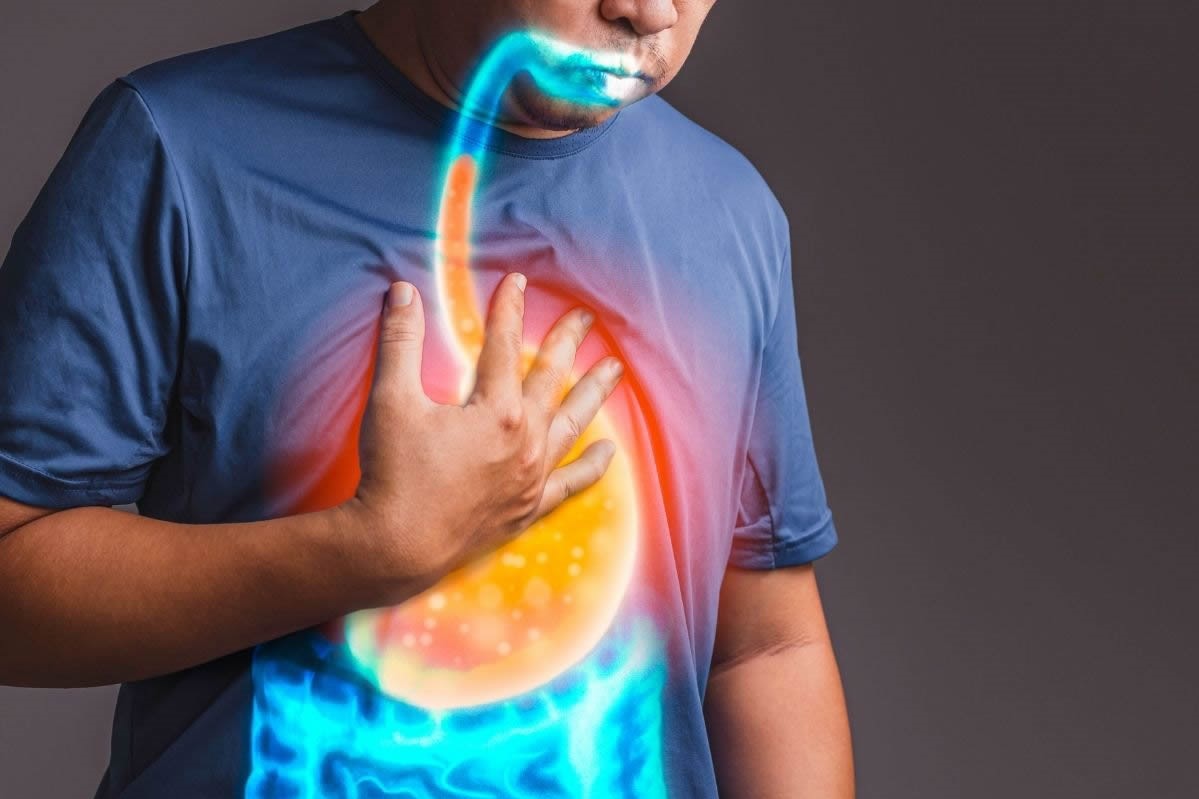
Flip, the new test for oesophageal motility disorders
FLIP represents an innovation in the evaluation of upper digestive tract disorders such as dysphagia
Innovation in the study of oesophageal function: Functional Lumen Imaging Probe (FLIP)
The Functional Lumen Imaging Probe is a method that represents a breakthrough in the field of digestive pathophysiology.
In particular, it is an advancement for the study of dysphagia (swallowing disorder with a sense of slowing down or blockage of food), the main symptom of a pathology such as oesophageal achalasia, and more complex disorders of oesophageal motility, such as oesophago-gastric junction flow obstruction (EGJOO), distal oesophageal spasm and hypercontractile oesophagus.
This method is also able to highlight functional, scarring or inflammatory constrictions (stenosis) that are not always identifiable with conventional methods.
How FLIP works
FLIP is a technology based on impedance planimetry and consists of a cylindrical balloon probe containing sensors inside it that detect the size of the organ into which it is introduced.
The test is performed at the same time as an oesophagogastroduodenoscopy and can be carried out under sedation with the help of the endoscope.
The probe is introduced orally and in little more than 5 minutes provides valuable information on the functionality of the oesophagus, comparable and sometimes more in-depth than high-resolution manometry, currently the reference method for the study of oesophageal motility disorders.
Diagnostics with FLIP: greater precision and comfort for patients
The new topography is able to measure the diameter of the oesophagus in real time, adapting and interpreting each anatomical conformation, and is able to give information on tissue distensibility and its response to distension.
It is proving to be fundamental in complementing the oesophagus study methods already available (high-resolution manometry and oesophagus X-ray with contrast) for a better characterisation of patients with more complex pictures of dysphagia and oesophageal motor disorders.
In cases where a clear interpretation of the picture cannot be obtained, FLIP can allow the correct therapeutic approach to be identified.
It is also very useful in identifying the appropriateness of retreatment in patients with achalasia and other functional disorders, who have not benefited from previous endoscopic or surgical interventions, or when complications occur in the aftermath of these interventions.
Recent studies appear to provide valuable information on distensibility and the degree of fibrosis, identifying possible occult narrowing, even in eosinophilic oesophagitis, an emerging inflammatory disease of the oesophagus.
Another great advantage is patient comfort: it does not confer any additional discomfort compared to a gastroscopy under sedation, which is in any case always necessary in cases of dysphagia to rule out inflammation or tumour pathologies, and it does not substantially lengthen the time required.
FLIP is suitable for POEM (endoscopic peroral myotomy) for achalasia and gastroparesis, motility disorders of the oesophagus and stomach respectively.
During this type of endoscopic procedure, a cut is made in the muscles of the malfunctioning organs (oesophagus and stomach respectively), the extent of which can only be determined ‘by eye’ at this time.
The use of FLIP will allow the length of the cut to be calibrated more precisely, guiding the operator in choosing the most appropriate intervention for the patient.
Read Also
Emergency Live Even More…Live: Download The New Free App Of Your Newspaper For IOS And Android
Esophageal Achalasia, The Treatment Is Endoscopic
Oesophageal Achalasia: Symptoms And How To Treat It
Eosinophilic Oesophagitis: What It Is, What The Symptoms Are And How To Treat It
Gastroesophageal Reflux: Causes, Symptoms, Tests For Diagnosis And Treatment
Irritable Bowel Syndrome (IBS): A Benign Condition To Keep Under Control
Esophagogastroduodenoscopy (EGD Test): How It Is Performed
Symptoms And Remedies Of A Gastro-Oesophageal Reflux Cough
Gastro-Oesophageal Reflux Disease (GERD): Symptoms, Diagnosis And Treatment
What Is Esophagogastroduodenoscopy?
Indigestion Or Dyspepsia, What To Do? The New Guidelines
Dyspepsia: What It Is, Symptoms, Diagnosis And Treatment
Gastro-Oesophageal Reflux: Symptoms, Diagnosis And Treatment
Functional Dyspepsia: Symptoms, Tests And Treatment
Straight Leg Raise: The New Manoeuvre To Diagnose Gastro-Oesophageal Reflux Disease
Gastroenterology: Endoscopic Treatment For Gastro-Oesophageal Reflux
Oesophagitis: Symptoms, Diagnosis And Treatment


